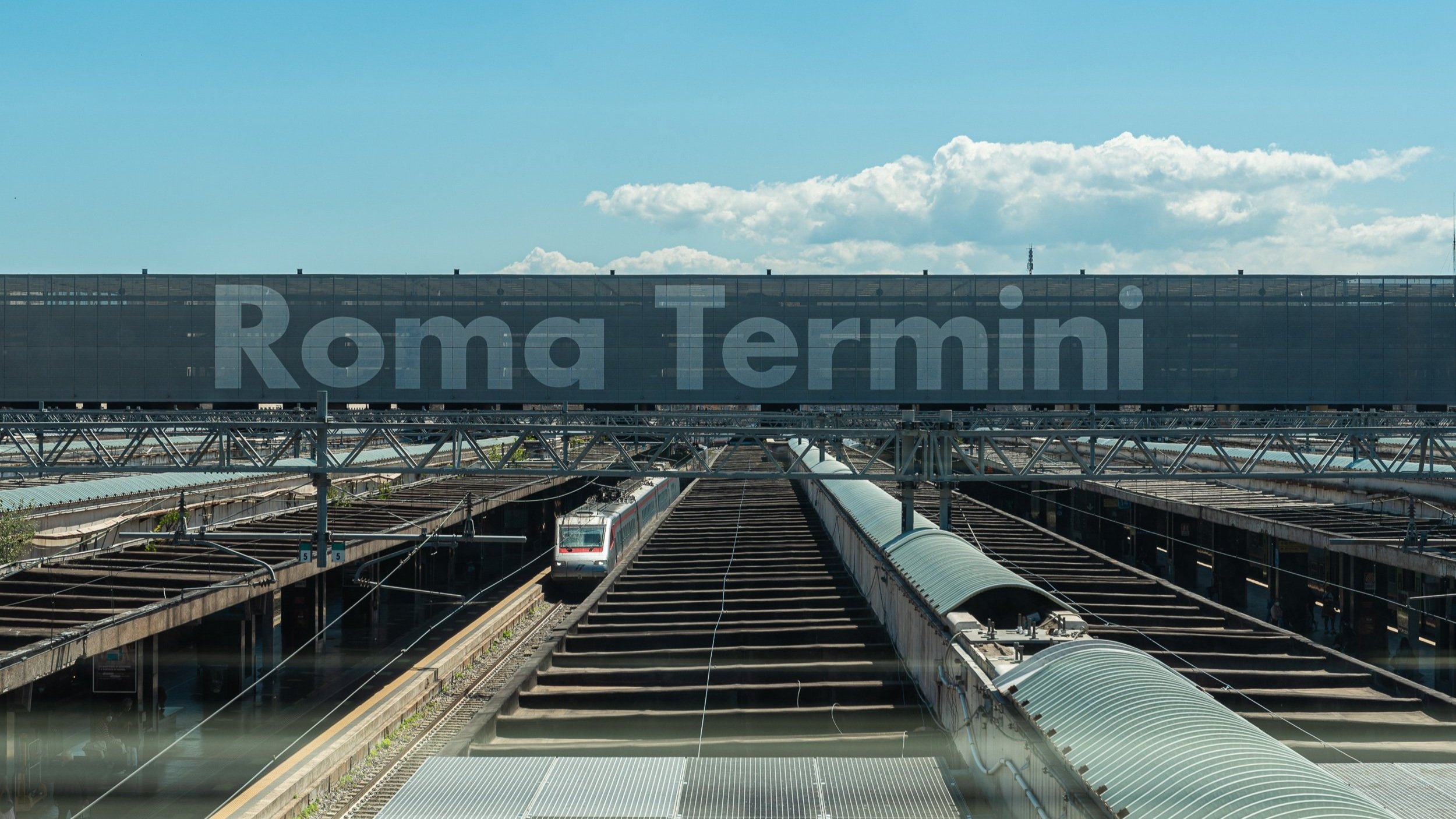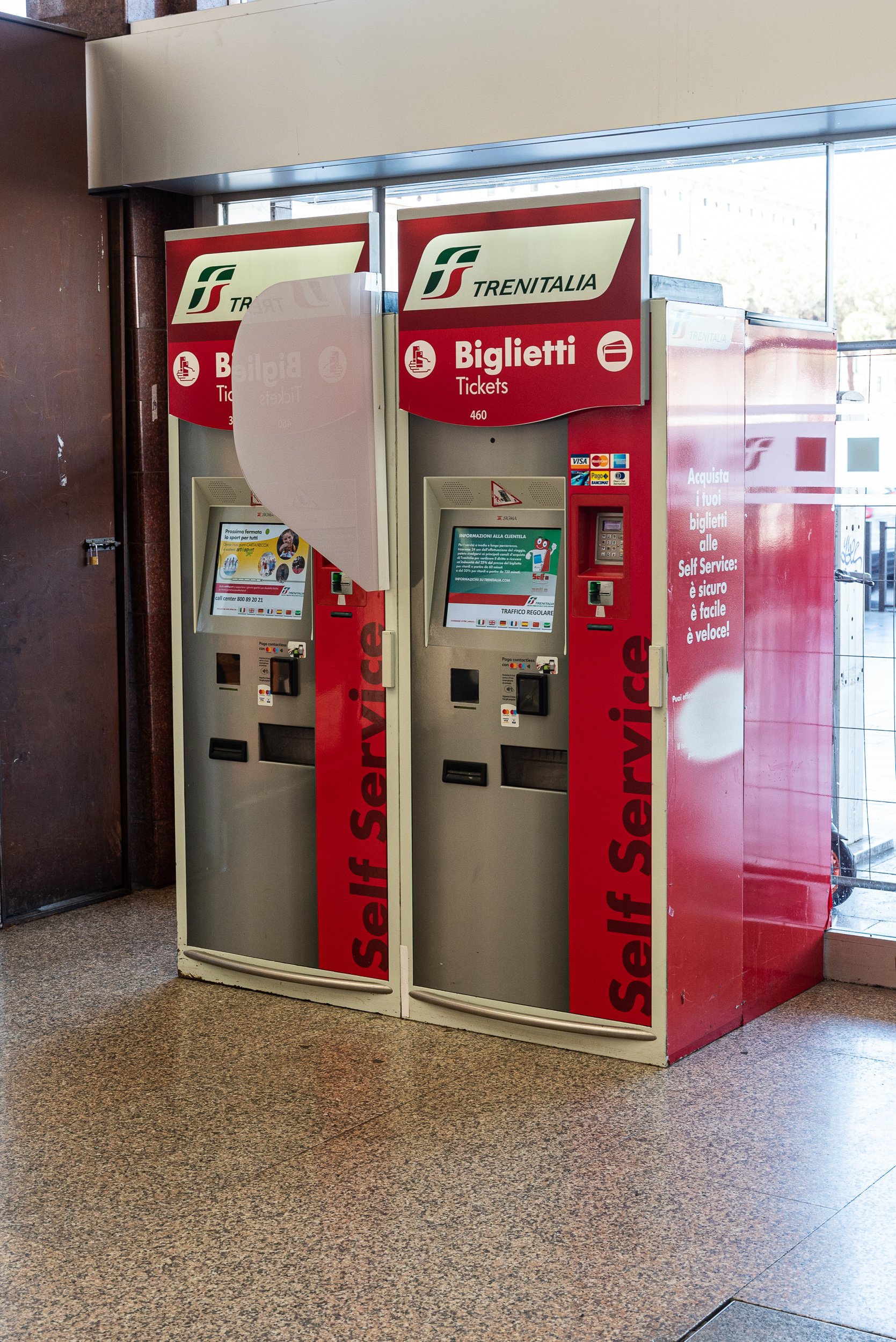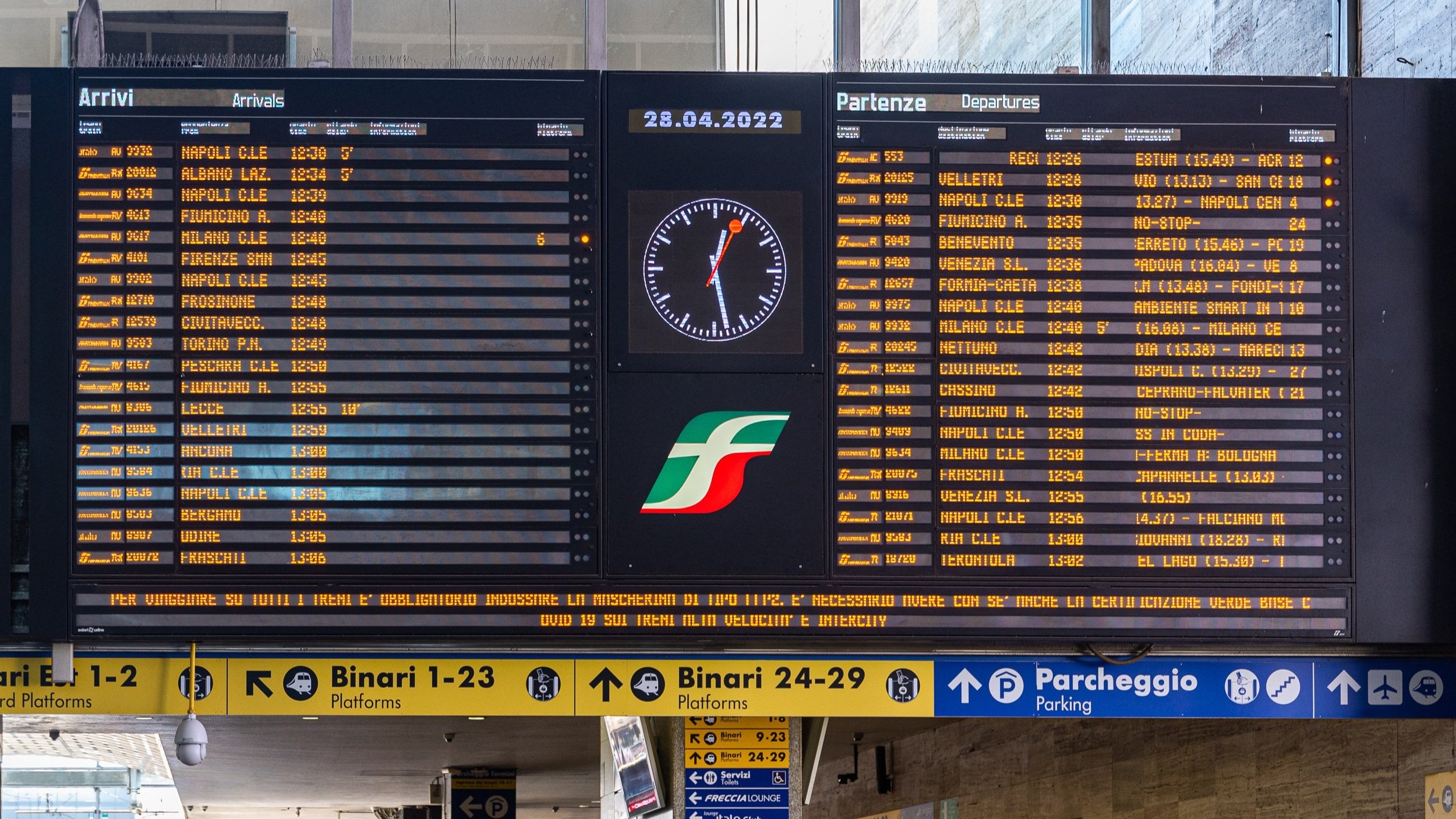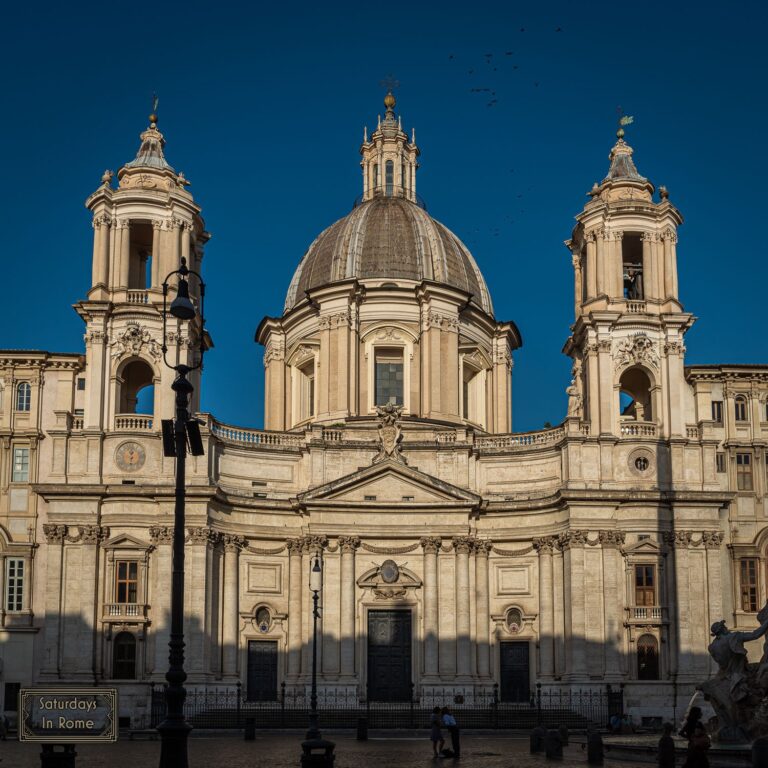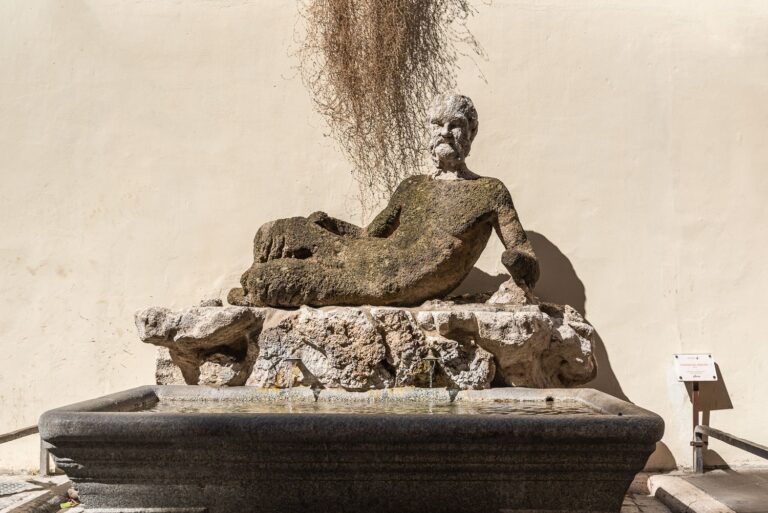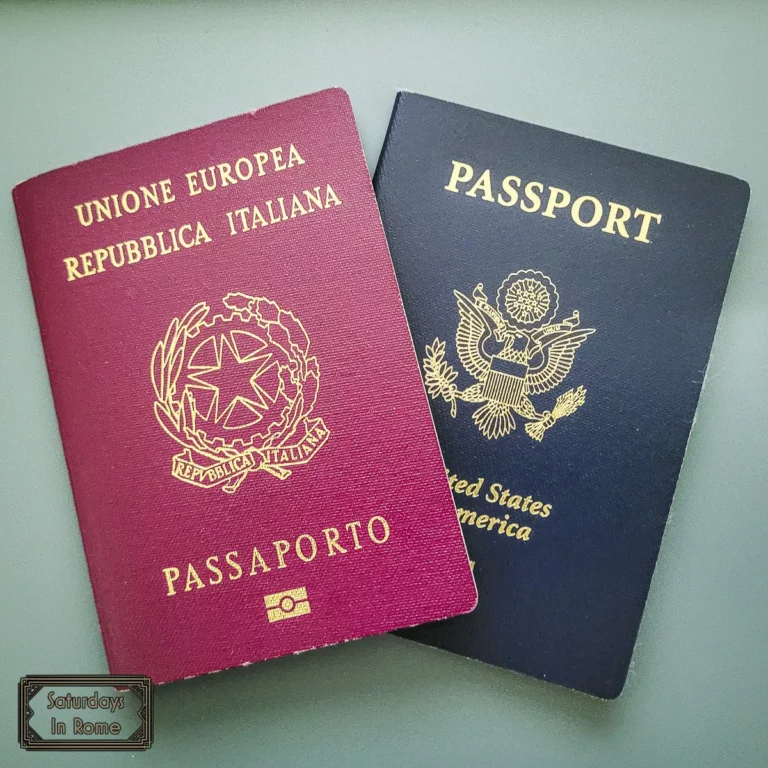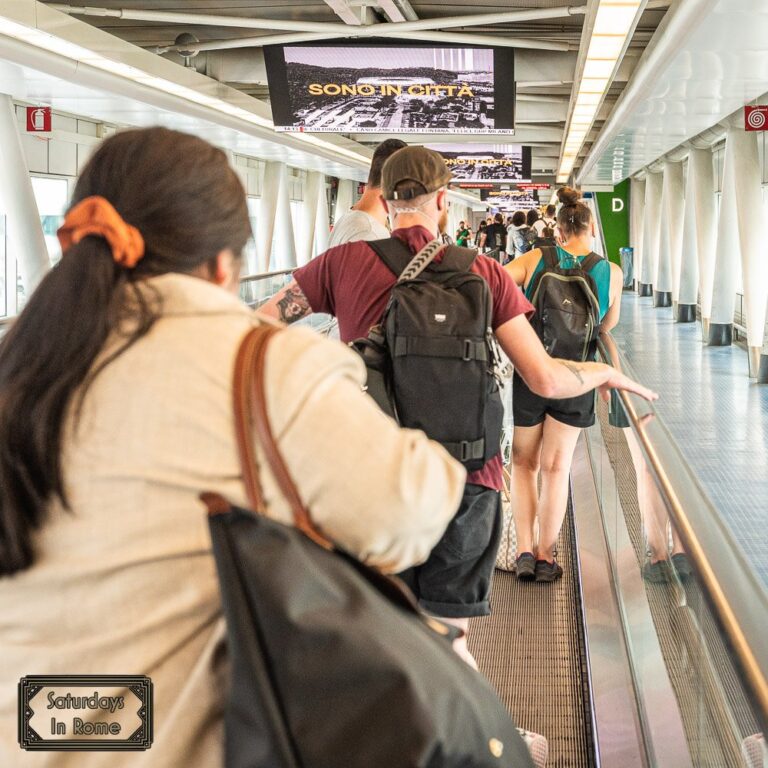Train Travel In Italy Has Never Been More Exciting!
When choosing train travel in Italy you have some great options, including high-speed and regional trains. This guide helps you travel in Italy with ease. When deciding on the type of train you take in Italy you need to consider your budget, your available time and of course where you’re going.
Rome’s Termini Train Station
High Speed Train Travel In Italy
Italy’s high-speed trains are comfortable and can reach speeds of up to 300 kph (186 mph) with relatively inexpensive tickets if you compare the prices to travel on Amtrak. There is additional savings if you plan ahead and purchase the tickets in advance.
Trenitalia is Italy’s state-run rail network and Italo is a private company that runs other trains. The two operators are competitively priced but they sometimes serve different stations within the same city.
Need Help Planning?
- Cheap Flights: Find The Most Affordable Flights.
- Accommodations: From 1 to 5 Stars And More.
- Car Rentals: Affordable Travel Across Italy.
- Sightseeing Tours: Explore Some Amazing Tours.
- Buying An eSIM: Stay Connected In Italy.
This post includes affiliate links.
Of course the high-speed train tickets are more expensive than the regional trains, but if time is important it is worth the extra money. The regional trains are slower but they can get you to that hard to reach town and they may be your only option.
There are other options, but I want to focus on the more popular, TrenItalia and Italo.
Traveling On Trenitalia
Trenitalia is the primary operator in Italy. It was established in 2000 to meet the EU requirement that the agency that manages the rail infrastructure needs to be separate from the operator of the actual transportation.
Trenitalia offers national rail transport in Italy and international connections to Austria, France, Germany, and Switzerland. Tickets for Trenitalia can be purchased on their website, on their smartphone app, at kiosks in the stations or from around 4,000 travel agencies.
Trenitalia operates intercity trains, and high-speed trains calle Frecce (arrows). Intercity trains service both medium and large cities, but are generally slower. There are three types of Frecce:
Frecciarossa – these are Trenitalia’s flagship services with speeds up to 300 kph. They offer four levels of service: Standard, Premium, Business and Executive.
Frecciargento – replaced the Eurostar Italia High Speed category joining the Frecce family. It’s maximum speed is 250 kph and connects Rome with specific destinations like: Foggia, Bari, Lecce, Sibari, Paola, Lamezia Terme, Reggio Calabria, Firenze, Pisa, La Spezia, Genova, Bologna, Verona, Trento, Bolzano and Vicenza.
Frecciabianca – replaced the Eurostar City Italia category by joining the Frecce family. Depending on the specific train, the top speed is either 200 kph or 250 kph.
Traveling On Italo
Italo is the brand name for Nuovo Trasporto Viaggiatori (NTV) and is an Italian train operator that provides high-speed rail transport across Italy. It is Europe’s first private operator of 300 kph high-speed trains. NTV was created in 2006 as a privately-owned high speed rail operator.
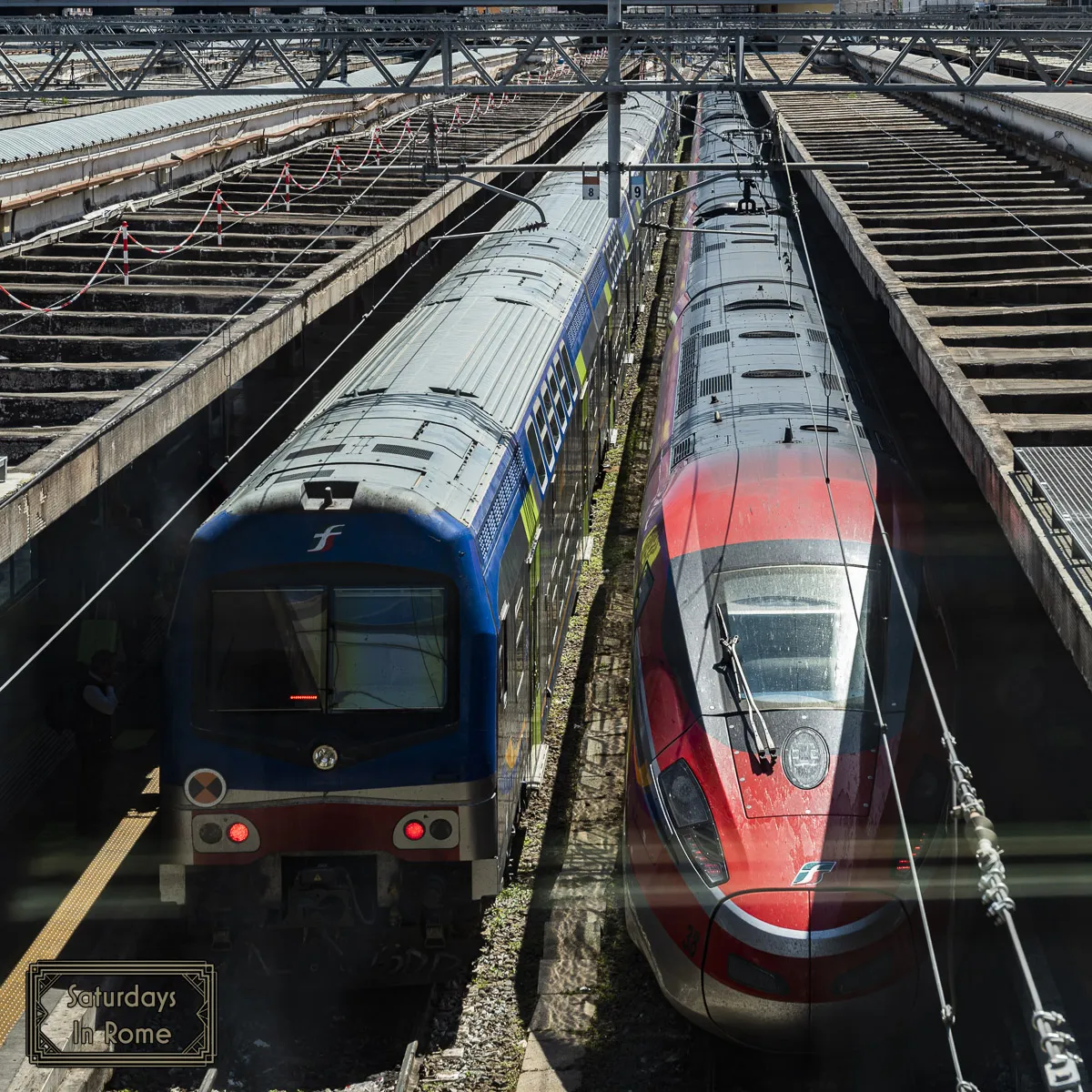
Italo offers the following classes of service:
Smart: 2×2 seats without any service.
Comfort: This is identical to Smart, but also has audio headphones and television screens in the aisle.
Prima: 2×1 seats and welcome service, priority boarding, and Italo Lounge for a fee.
Club Executive: small 4-seater lounges.
Train Travel In Italy From Rome To Sicily
There are many ways to get to Palermo, Sicily including flying, driving or taking a ferry from either Naples or Civitavecchia. My favorite way, which we have done twice, is to take the overnight train from Rome. I believe this is a regional train, but since it is overnight, it really doesn’t matter. Reserve a sleeper, bring a bottle of your favorite wine and enjoy your evening.
You might be wondering how a train gets over a body of water that does not have a bridge. This is the part of the trip that really makes it magical. When you reach the Straits of Messina the train is split up into separate two-car sections and loaded onto a ferry. Yes, I didn’t mis-type that, the train is loaded onto a ferry, sailed across the straits, the reattached and your trip continues.
Because this is an overnight train, this part of the trip is in the dark, but once the train is settled and the ferry is going to the straits, you can leave your room and go up on deck. The last time we did this, there was an espresso machine (of course) and an amazing view to enjoy. Once you reach the other side, you simply return to your cabin and continue on your journey. I can’t stress enough just how great that part of the trip is. I can put up with the thin mattress, fickle A/C and tight quarters for this amazing view every time!
Italian Train Stations
Self-Service Kiosks to Buy Tickets for Trenitalia
Rome Termini Station
Rome Train Stations – There are two main train stations in Rome, Termini and Tiburtina. Roma Termini is the main railway station of Rome and has regular train services to all major Italian cities. It also has daily international services to Munich, Geneva, and Vienna. Termini is also the main public transportation hub in Rome with access to two Metro lines (A and B) and is a main bus stop. Roma Tiburtina is the second largest railway station in Rome. The station is connected to the Metro line B and there is access to local bus services.
Rome To Florence By Train
Florence Train Station – The Firenze Santa Maria Novella is the main railway station in Florence, Italy. It is used by 59 million people every year and is one of the busiest in Italy. This station is served by the Frecciarossa and Frecciargento high speed trains.
Rome To Venice By Train
Venice Train Station – Venezia Santa Lucia is the central station of Venice. In addition to a wide range of regional trains, this station also serves Frecciarossa, Frecciargento, Frecciabiana and the Italo high-speed trains.
Rome To Naples By Train
Naples Train Station – Napoli Centrale is the main railway station in the city of Naples and is the sixth largest station in Italy. There is an underground section known as Stazione di Napoli Piazza Garibaldi, which connects the train station to the metropolitan trains.
Experiencing Train Travel In Italy
Arrivals and Departures Board in Termini Station, Rome, Italy
There really is no better way to see Italy than by train and you can travel by train in Italy with ease! They connect the cities and towns of almost every size, they are comfortable and priced attractively (unlike Amtrak). If you are visiting major cities with a historical center (Centro Storico) you should rethink renting a car and consider using only trains with other public transportation (buses, ferries, trams, etc.).
More Travel In Italy
Train travel in Italy is only one part of the larger transportation puzzle that makes up Rome and beyond and for more updates on other related topics that might be of interest to you be sure to sign up for our newsletter. Here are some other posts that you may also find helpful:
- Rome Day Trips And More Are Easy With Our Complete Guide.
- A Train Trip From Rome To Venice Is A Great Experience
- Our Weekend In Bari Guide For An Amazing Getaway From Rome
- Is Florence, Italy Worth Visiting On Your Next Vacation?
- Things To See In Genoa On Your Next Weekend Getaway
- The Valley Of The Temples In Agrigento, Sicily – Your Guide
- A Trip To Palermo, Italy Needs To Be In Your Future
- A Day Trip To Naples From Rome Is Easy And Worth It
- A Rome To Orvieto Day Trip Is A Fantastic Opportunity
- A Day Trip To Anzio From Rome Is Full Of American History
- Ciampino Airport In Rome Might Be A Great Option For You
- Your Leonardo da Vinci–Fiumicino Airport Travel Guide
- The Leonardo Express Tickets And Times To The Rome Airport
- The Autogrill In Italy Is A Treat On Your Next Vacation

